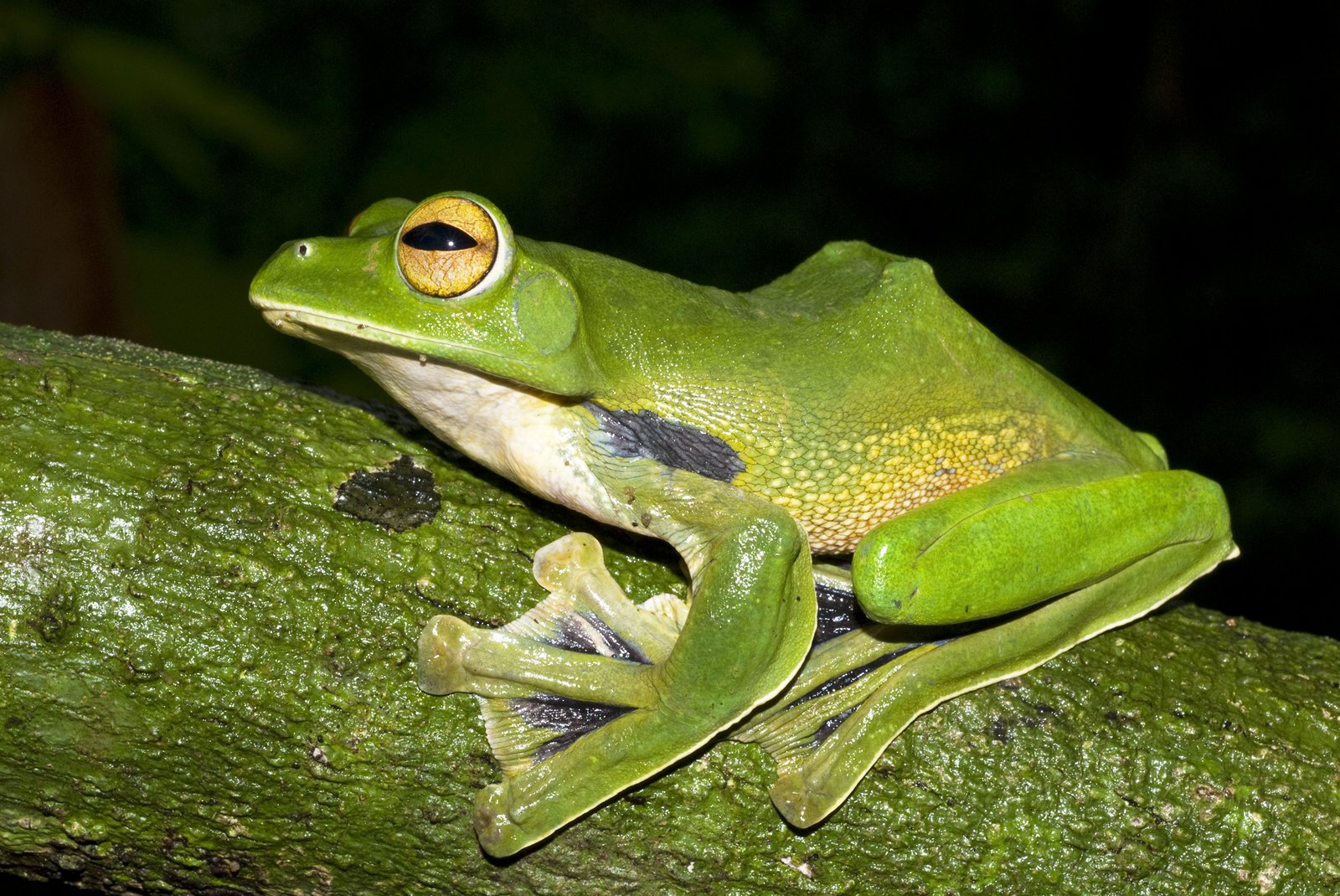‘Red Listing’ Southeast Asia’s amphibians
On this page...
Which amphibian species are most in need of our help?

© Australian Museum
Amphibians are the most threatened group of animals on the planet; over a third of all amphibian species face extinction. Southeast Asia is a biodiversity hotspot, home to an amazing diversity of poorly-known and highly threatened species, including amphibians. Research on the diversity and ecology of amphibians in the region is vital, but this scientific data must be transformed into information useful for conservation for it to truly make a difference.
The IUCN Red List of Threatened Species (the ‘Red List’) is the globally accepted list of the conservation status of plant and animal species. The Red List, which has existed for over 50 years, determines whether a species is Extinct or Endangered, or whether it’s doing fine. This list is publically available and is vital for assessing global biodiversity trends and for directing scarce conservation resources to the species that need it the most.
An incredible amount of information has been gained on Southeast Asian amphibians in the last decade (almost 100 new species of amphibian have been discovered). Despite this, the Red List for the region's amphibians is outdated, with most assessments unchanged since 2004 -despite plenty of new information. We need to rectify this situation- to ensure that the conservation status of amphibian species from Southeast Asia is up-to-date and conservation decisions are based on the best information possible.
Since 2013, we have been assessing or updating the conservation status of amphibians in Southeast Asia, translating raw scientific knowledge (much of it behind paywalls or unpublished) into freely available information useful for conservation management.
We have made good progress and are already seeing positive outcomes of this work. The first two species ever assessed as Critically Endangered in this region are now the subject of active conservation planning. Another species, now listed as Endangered, has since received much scientific attention, resulting in the discovery of additional populations of the species. We eagerly anticipate the completion of this project, which we hope will culminate in a surge of on-the-ground conservation action for Southeast Asia’s incredible amphibian fauna.

